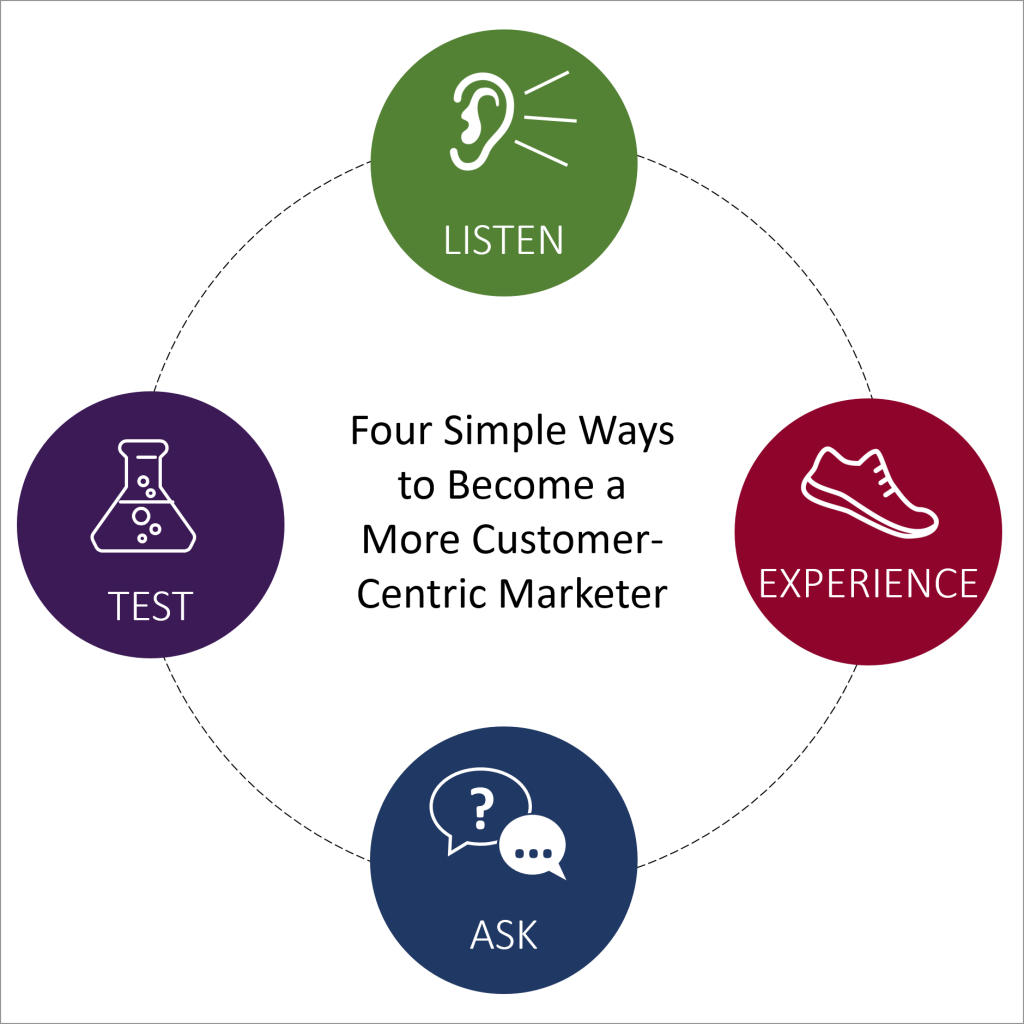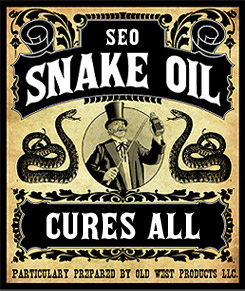Four Simple Ways to Become a More Customer-Centric Marketer
Recently, I wrote about our need to guard against company logic. I argued that it is very easy for us as marketers to slip into a mindset that ignores the ultimate desires of the customer. This is a struggle experienced by all companies, big or small, new or old, well-known or unknown.
Ironically, as one commenter posted, perhaps even my blog post suffered from a little company logic as it seemed to focus on what I wanted to say rather than what would have most served the audience: more application. Knowing myself, and the tendency that I have just like anyone else, it may very well be true. I can also relate to wanting to know not just the “what” of a thing but also the “how.”
So, in the spirit of taking my own medicine, I would like to attempt being a little more customer centric and suggest four ways in which we can practically guard against company logic and become more customer-centric marketers. These are not the only four ways, but they are a good place to start.
#1. Listen
Learning the discipline of listening to your customer is essential for all marketers. This is where a marketer should always start. Listening to customers was once much more difficult, but today there is so much feedback our customer is giving to us. With the prevailing social dynamic of the Internet, our customers are constantly talking to us (directly or indirectly). We just have to make sure we are listening.
Many marketers are tempted to fear social feedback. I mean, who really wants to hear someone else critique you? However, if we are really doing our job, we will embrace both pleasant and painful insights that we gain from hearing from the customer. It is so easy to become insular and solicit feedback only from our peers, but we must force ourselves to hear the customer’s feedback. Sometimes that comes in the form of them talking directly to us, and other times it comes in the form of customers talking to one another. Nonetheless, our customers are talking, and we must learn to listen.












